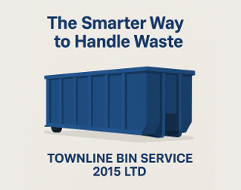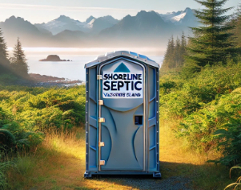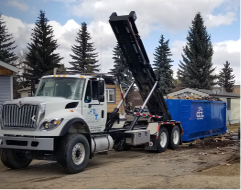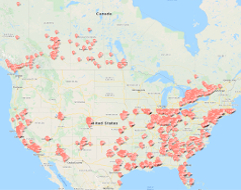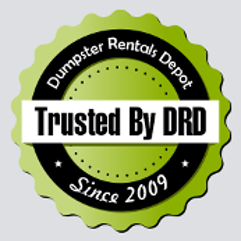Understanding the Nuances of Biomedical Waste Management in Canada
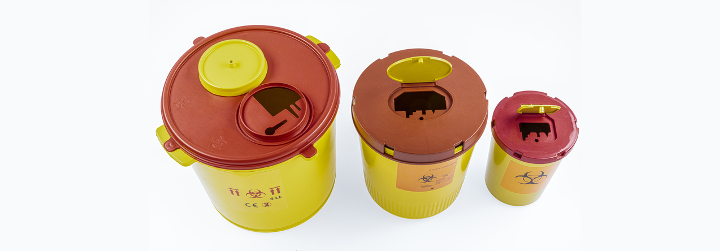
Medical waste generators, particularly those producing biomedical waste, should be acquainted with British Columbia's Environmental Management Act, where both biomedical and hazardous waste carry 'the prescribed meaning.' However, navigating specific rules, regulations, and governmental agencies can sometimes be challenging.
As defined by the government of Canada, biomedical waste includes waste generated in healthcare facilities, medical or veterinary research and training facilities, clinical testing or research laboratories, and vaccine production facilities.
To ensure proper disposal, biomedical waste must be separated from general waste streams due to the need for decontamination processes. Individual provinces and territories further elaborate on these methods. Nevertheless, guidelines for managing biomedical waste in Canada establish minimum standards applicable throughout the country.
The Canadian Biosafety Handbook, particularly Chapters 16 through 20, provides valuable information on biosafety programs, movement and transportation, standard operating procedures, and decontamination processes for waste containing infectious pathogens or toxins.
Storage of Biomedical Waste
According to Canadian government regulations, all biomedical waste must undergo decontamination before being disposed of in regular waste streams. Segregation at the source is strongly recommended, using color-coded waste bags and containers in medical facilities. These bags should then be placed in leak-proof containers, refrigerated, or stored in cold rooms or freezers for decontamination. Reusable containers are permissible but must be cleaned and decontaminated after each use. Temporary storage is allowed for items awaiting decontamination, marked with the biohazard symbol in a designated area separate from other storage.
After on-site decontamination, the biohazard symbol can be removed or crossed out, indicating inactivation of any infectious materials. Proper labeling procedures must still be observed. When transporting off-site, infectious waste should be placed in appropriately labeled containers and kept separate from regular waste until decontamination is complete. Sharps should be disposed of in puncture-resistant containers.
Transportation and Disposal
Chapter 20 of the Canadian Biosafety Standards Guidelines outlines that movement or transportation of biological materials potentially containing toxins or infectious materials, such as laboratory waste, should occur only within a containment zone or building in a hospital environment. Transportation of infectious substances falls under the Transportation of Dangerous Goods Act and its regulations. Facilities handling biomedical or hazardous materials must have an emergency response plan for accidents, spills, or breakages.
Environmental Regulations
In 2018, the city of Vancouver implemented a pollution prevention plan (bylaw No. 319) to regulate waste discharge from hospitals. The plan requires local hospitals, including Burnaby Hospital, to assess and reduce pollutants from wastewater sources, specifically focusing on biomedical waste and unused drugs. Non-compliance may result in fines up to $10,000.
Regulatory Compliance
Biomedical waste generators must obtain permits and approvals before disposing of biomedical, infectious, or hazardous waste. Compliance with hazardous waste regulations and British Columbia's definitions and classifications is crucial. Resources from the British Columbia Environment Industry Association and the Ministry of Transportation and Infrastructure can provide additional guidance.
Conclusion
It is imperative for facilities in Burnaby, British Columbia, and across the province to adhere to provincial regulations and federal provisions. Compliance ensures the safety of employees, facilities, and the environment. For comprehensive guidance on navigating evolving guidelines and regulations, contact Daniels Health today or explore our Burnaby service capabilities on our dedicated service page.
Acknowledgements
We are grateful to Dr. Kaila at Central Park Chiropractic and Massage for her constant support and consistently wise counsel that makes it possible to publish health and medical related articles and blog posts.
- Published: 2023-12-21T18:48:21-08:00
- Author: Harry Cotten
